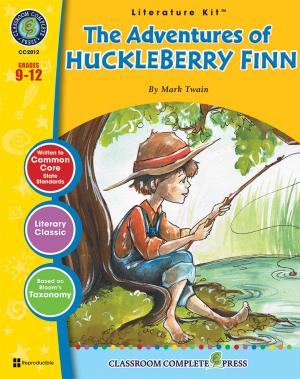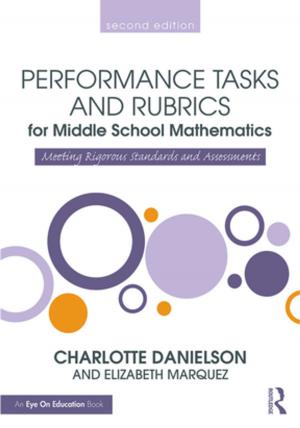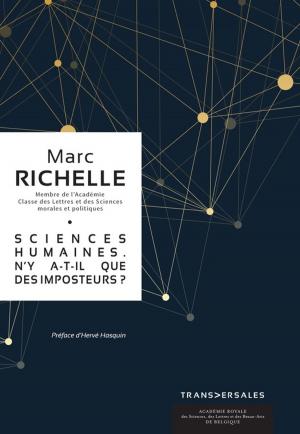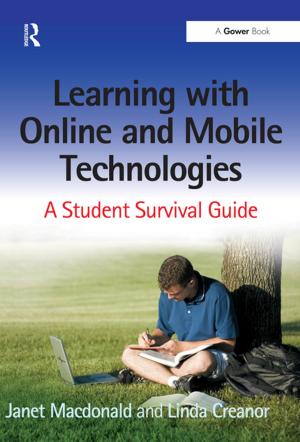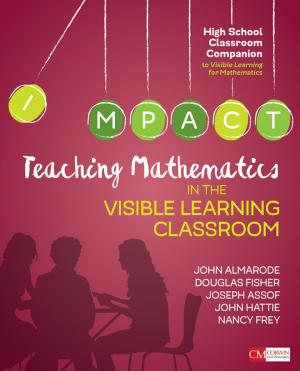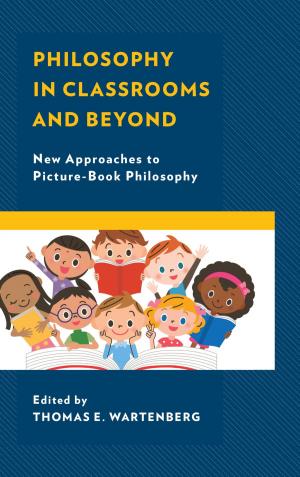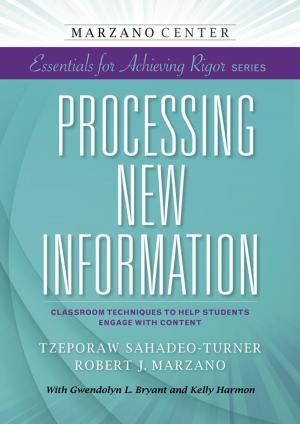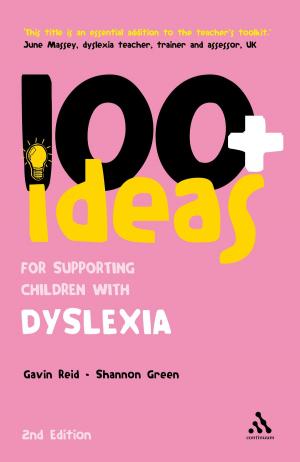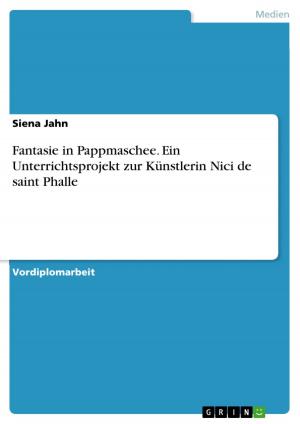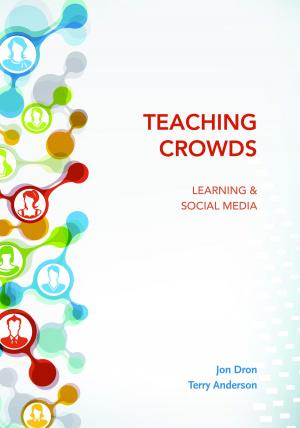The Ultimate Guide to Visual Lectures
Nonfiction, Reference & Language, Education & Teaching, Higher Education, Teaching, Teaching Methods| Author: | David Roberts | ISBN: | 9781527227040 |
| Publisher: | David Roberts | Publication: | August 14, 2018 |
| Imprint: | Language: | English |
| Author: | David Roberts |
| ISBN: | 9781527227040 |
| Publisher: | David Roberts |
| Publication: | August 14, 2018 |
| Imprint: | |
| Language: | English |
This book is about university lectures across the disciplines. It shows us how to make students more engaged, active and included in our lectures. It draws on fifty years of academic research into cognition, and on the best and latest in Multimedia Learning (MML) research. It also draws from decades of the author’s own lecture practice.
In a nutshell, the book urges us to combine imagery with text in our lectures, so how we teach better matches how our students learn.
Digitisation and the web afford us a priceless opportunity to exploit the most visual era of human evolution to better engage our students’ brains. Combining the pedagogic use of the right images and text is scientifically-shown to trigger higher levels of cognitive engagement and to naturally stimulate active learning practices across disciplines.
It is also shown to support dyslexic learners because there is less pressure on limited working memory and more use of visual processing capacity. Neurodiverse students share the same benefits of this method as their neurostandard peers.
This book:
explains why students learn better with images and words than with words alone
demonstrates and evaluates the effectiveness of this method using real-world data
supports lecturers in the practical use of this transformational pedagogy
encourages inclusive, participatory teaching and learning approaches
This book is about university lectures across the disciplines. It shows us how to make students more engaged, active and included in our lectures. It draws on fifty years of academic research into cognition, and on the best and latest in Multimedia Learning (MML) research. It also draws from decades of the author’s own lecture practice.
In a nutshell, the book urges us to combine imagery with text in our lectures, so how we teach better matches how our students learn.
Digitisation and the web afford us a priceless opportunity to exploit the most visual era of human evolution to better engage our students’ brains. Combining the pedagogic use of the right images and text is scientifically-shown to trigger higher levels of cognitive engagement and to naturally stimulate active learning practices across disciplines.
It is also shown to support dyslexic learners because there is less pressure on limited working memory and more use of visual processing capacity. Neurodiverse students share the same benefits of this method as their neurostandard peers.
This book:
explains why students learn better with images and words than with words alone
demonstrates and evaluates the effectiveness of this method using real-world data
supports lecturers in the practical use of this transformational pedagogy
encourages inclusive, participatory teaching and learning approaches


